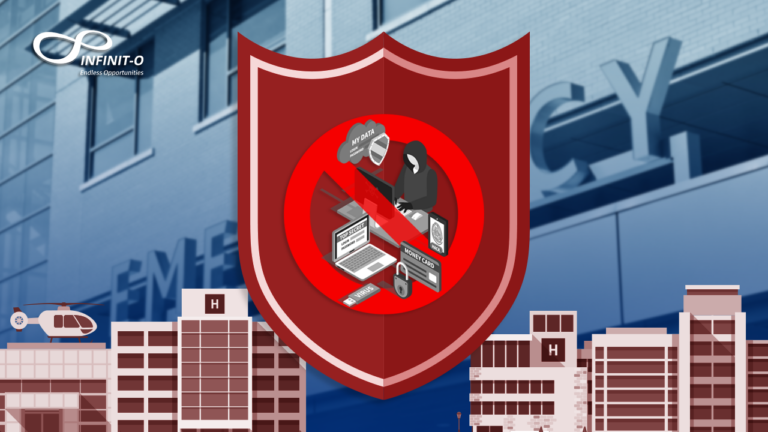Addressing Challenges in Implementing a Successful Telemedicine Program

Ever since the invention of the telephone, medicine and technology have been side by side providing better healthcare to patients. Once the internet took over, physicians have been able to deliver better healthcare through platforms such as video conferencing, image automation, and integrated medical devices. This practice is known as telemedicine and it is a tool that allows patients to effectively communicate with physicians on the internet via all mobile platforms. As technology is constantly improving, there are still a lot of challenges or obstacles that telemedicine is currently facing. Here is a brief overview of what telemedicine is and some challenges it is currently facing.
Telemedicine: A Brief Overview
Due to today’s technology, every individual is more inter-connected than ever. Telemedicine is a platform where patients can connect with physicians securely on all mobile devices using the internet. Telemedicine benefits many communities, especially those living in medically underserved areas. Telemedicine provides the accessibility that patients need from specialty doctors and those providing primary care that may have been previously out-of-reach. Telemedicine can be utilized to fit almost all medical specialties such as:
- Mental and Behavioral Healthcare
- Primary Care
- Cardiology
- Neurology
Benefits of Telemedicine
To understand just how telemedicine can substantially improve healthcare, one would need to recall a past doctor’s appointment where it took several hours, often disrupting work or school. The travel time for a doctor’s appointment can usually take several hours with a small percentage of it being spent actually interacting with a doctor. Telemedicine applications are gradually supplementing or replacing some types of office visits. Care delivered in this platform offers many advantages such as:
- Reduced travel time.
- Secure communication with physicians via email or video chat.
- Secure websites where patients can message back and forth with doctors.
- Immediate assistance to emergency cases that deal with mental health, substance abuse, and dermatology among others.
- Brings care to people living in rural locations who need certain specialists to deliver certain kinds of treatment properly.
Addressing Telemedicine Program Challenges
Currently, telemedicine is facing many challenges for both doctors and patients. Some of these challenges are:
1. The cost is too high
The first challenge telemedicine faces is cost as many people feel it is too expensive to use the technology. There are various products out in the market today that cost hundreds of thousands of dollars to implement in a healthcare facility that offers telemedicine. There are also products that can be obtained for lower than $100 per month with a potential small implementation fee. The cheaper products may prove to be harder to use as they still need to be developed. The solution to this challenge is to develop intuitive software that is easy-to-use and affordable for both doctors and patients.
2. Technology is being misused
Another major challenges in telemedicine is creating new technology, applications, training modules that actually represent how a physician works. Many applications are created by software designers who simply do not understand what it is to be a doctor. This leads to the creation of software that is overwhelming to use by both doctors and patients. In order to create technology that is easy to use for both parties, software developers must work closely with doctors to create programs and applications that are easy to use and allow the best healthcare possible.
3. Compensation for doctors
Another challenge faced by telemedicine is proper compensation for doctors. There are many doctors today that provide healthcare to patients even after hours. Many of these physicians do not get compensated for the care that they administered after they are on-call. To address this issue, most states today now allow for telemedicine reimbursement and the legislation that gets passed every few months is leaning towards reimbursing doctors for their services. Dude to this, doctors will be able to replace after-hour calls (uncompensated) with virtual visits that they can charge as billables.
4. Integration with Electronic Medical Records (EMR)
Integration with EMR is also another challenge that telemedicine faces today. While many telemedicine services are still being developed for EMR integration, most still are unable to offer this. EMR integration is the process of capturing and storing all patient information from virtual visits. To address this challenge, doctors and software developers must work hand-by-hand at creating software that allows integration with EMR. This will allow physicians to have access to the latest patient medical records to provide the best healthcare possible on a real-time basis.
With more than a decade of providing the best Outsourcing Solutions in the Philippines, Infinit-O has successfully partnered with many organizations that have since attained financial success in their respective industries. These organizations belong to major industries such as healthcare. For more information, contact us here.
When you’re ready to grow, think Infinit-O!
Healthcare
Finance and Accounting
Data and Research
Information Technology Outsourcing
Customer Care
_____________
Sources:
https://www.ncbi.nlm.nih.gov/pmc/articles/PMC1071081/
https://www.amdtelemedicine.com/downloads/10_steps.pdf
https://catalyst.nejm.org/challenges-launching-telehealth-program/
https://www.nap.edu/read/13466/chapter/5
https://www.healthaffairs.org/do/10.1377/hblog20150723.049490/full/







Technology has been a big part of us and it is really helpful. Thank you for sharing this idea to us and inspired us to do more telemedicine devices.